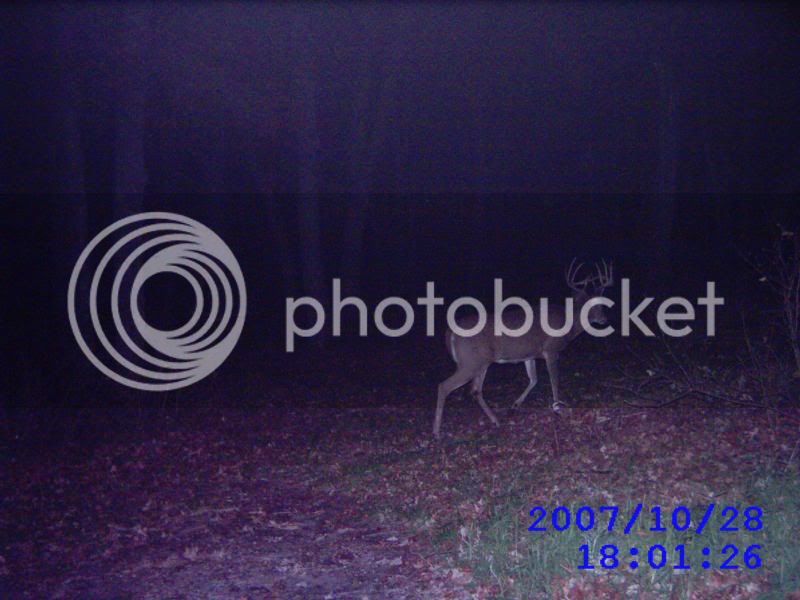Native Hunter - As for road crossings & cover vs. open - Here in Pa. most of the " deer crossing " signs along the roads are at spots where woods/cover are located. Not to say deer never cross at open spots. Those signs are placed where deer are seen or hit the most. From my own experience hunting/scouting, deer like to move in or very near to cover. At our camp, deer will " stage " and test the wind / look out into the fields from heavy pines before venturing out into the open to eat. It seems to be the same for crossing roads.
As far as bucks' behavior/travelling, from my experience of 43 yrs. hunting, I believe ( mature ) bucks are/act like a different animal than does & yearlings. They don't spend the majority of their time with the rest of the herd. YOUNG bucks hang around w/ the doe groups, but it seems like 2.5 age & up hang in bachelor groups until the rut nears. I've seen mature bucks appear that had never been seen until the rut - AND - seen mature bucks that we had on cams all summer/early fall disappear - presumably to scout neighboring areas for hot does. Or perhaps they were chased out by Mr. Big. Before the rut, I've watched from a high vantage point ( ridge top ) and seen3 or 4 bucks come to food plots from an opposite direction than the doe groups came from. And from a mile away! ( No does with them ).
When the " seeking/chasing phase " begins, I think you're liable to see anything at any time. Not peak breeding time, but looking, moving, smelling time. I agree w/ Sandbur that grouse or bear hunting changes their habits & tends to make the big ones go nocturnal more than they were. Here in Pa., we see certain patterns all thru archery season, and then our bear season comes in right around the time of peak rut and the good bucks seem to go underground. Also in the fall, we see/hear a BIG increase in quad activity in the woods. The stark, sudden change I see in deer behavior due to these intrusions ( grouse/bear hunting & quads ) is undeniable. ( Around our region, archery hunting is done on foot - by choice - no quads ). Nature has her own sequences of events concerning deer behavior. When humans enter the picture, we throw a wrench into the natural patterns of deer. Now THEY pattern US.
As Steve B. said earlier, post-rut roaming has been seen by some of my hunting buddies - and me. We have seen big bucks sniffing & following deer tracks in the snow that were never seen during the fall/peak rut period. Or we've seen bucks known to hang in a certain area a couple miles from there after the main rut is over following a doe or two.
Personally - I hope we never totally figure out big bucks. The mystery is what makes it fun. If we knew where & when to go to have Mr. Big show up right on schedule every time & we kill him, it would be like shooting fish in a barrel - too automatic. The thrill - for me - comes in the chase, the piecing together of the puzzle, reading the signs, woodsmanship. The kill is only one second of the total process. As some have said - " the fun/thrill is in the journey. "

